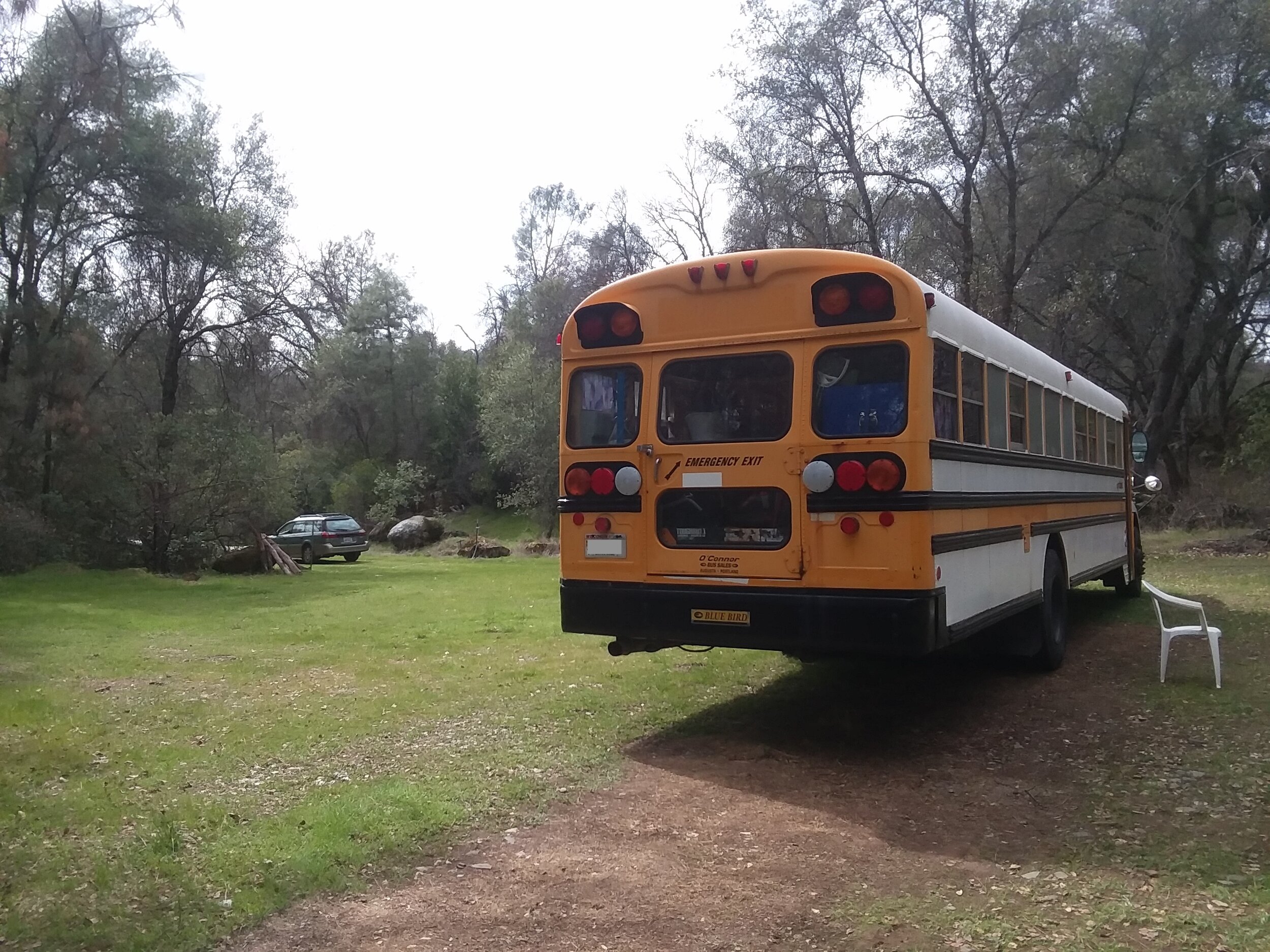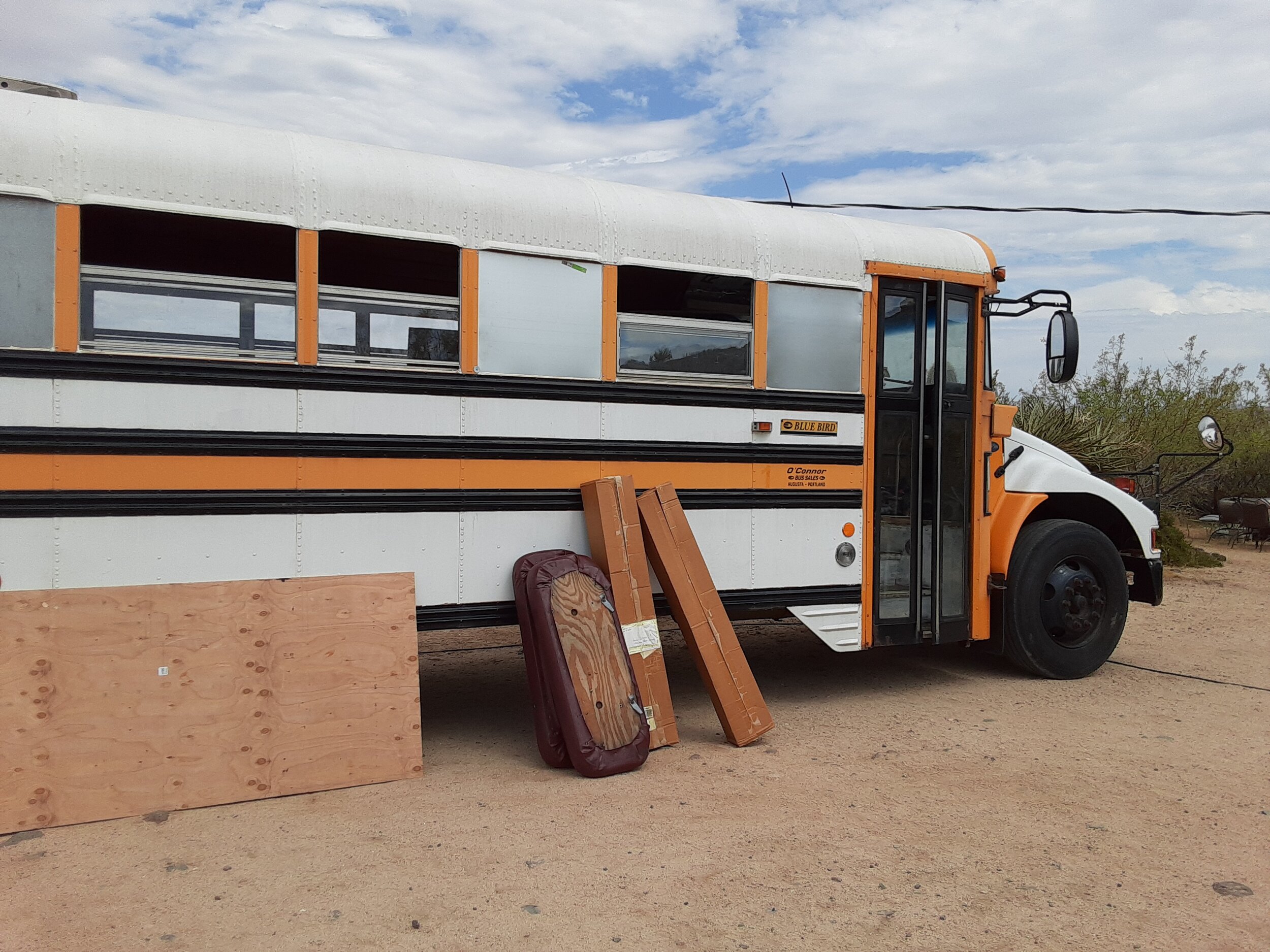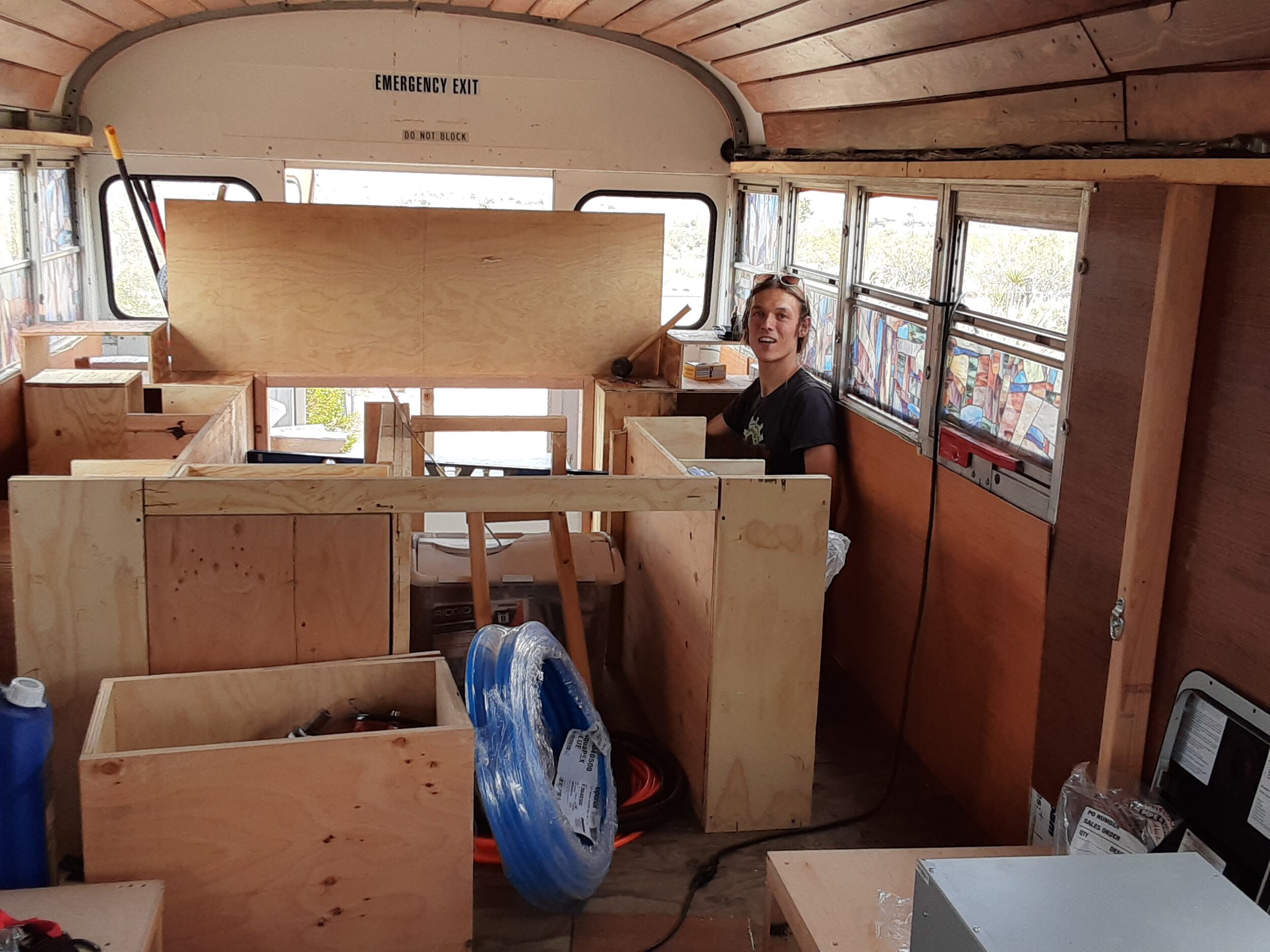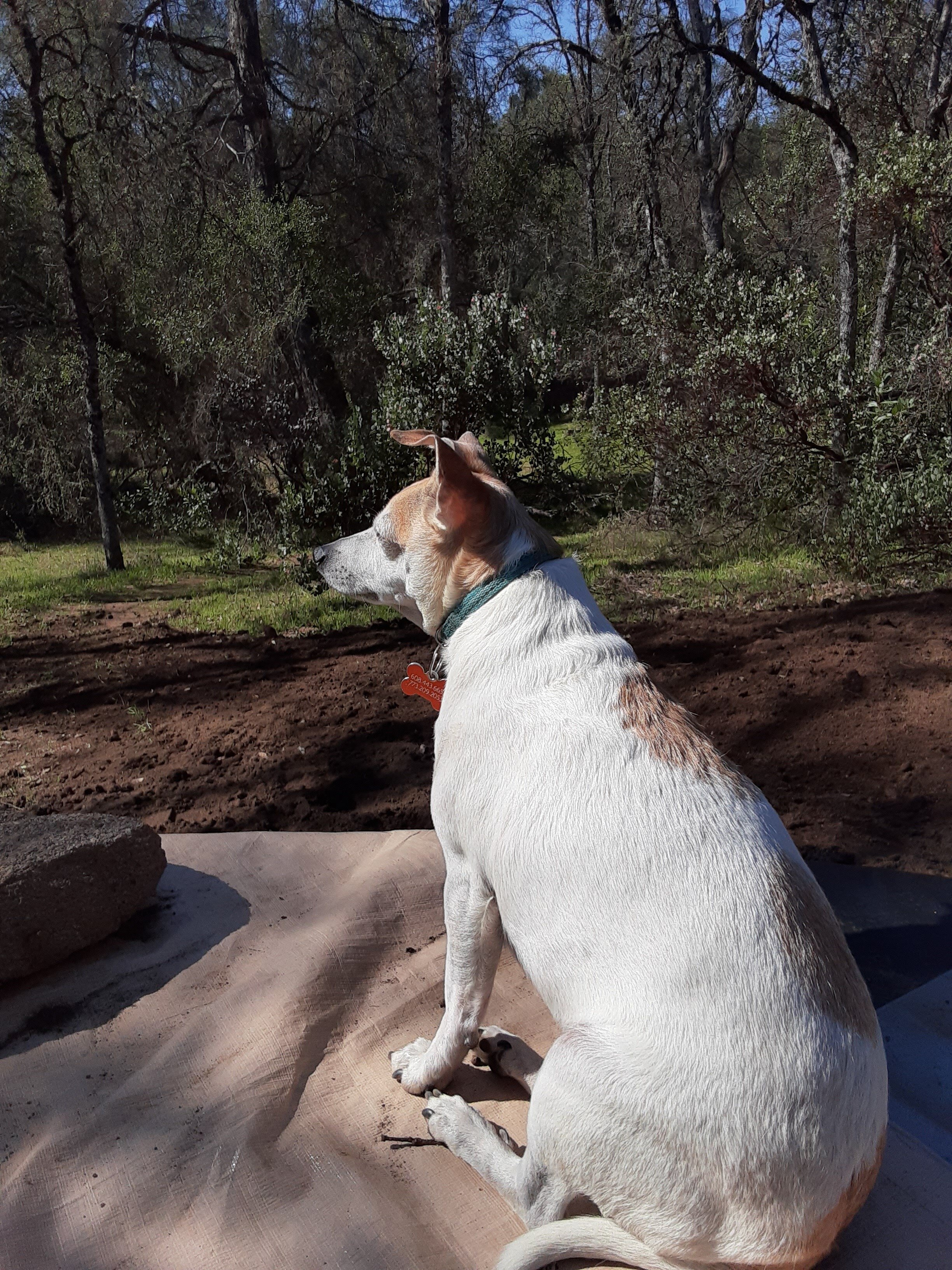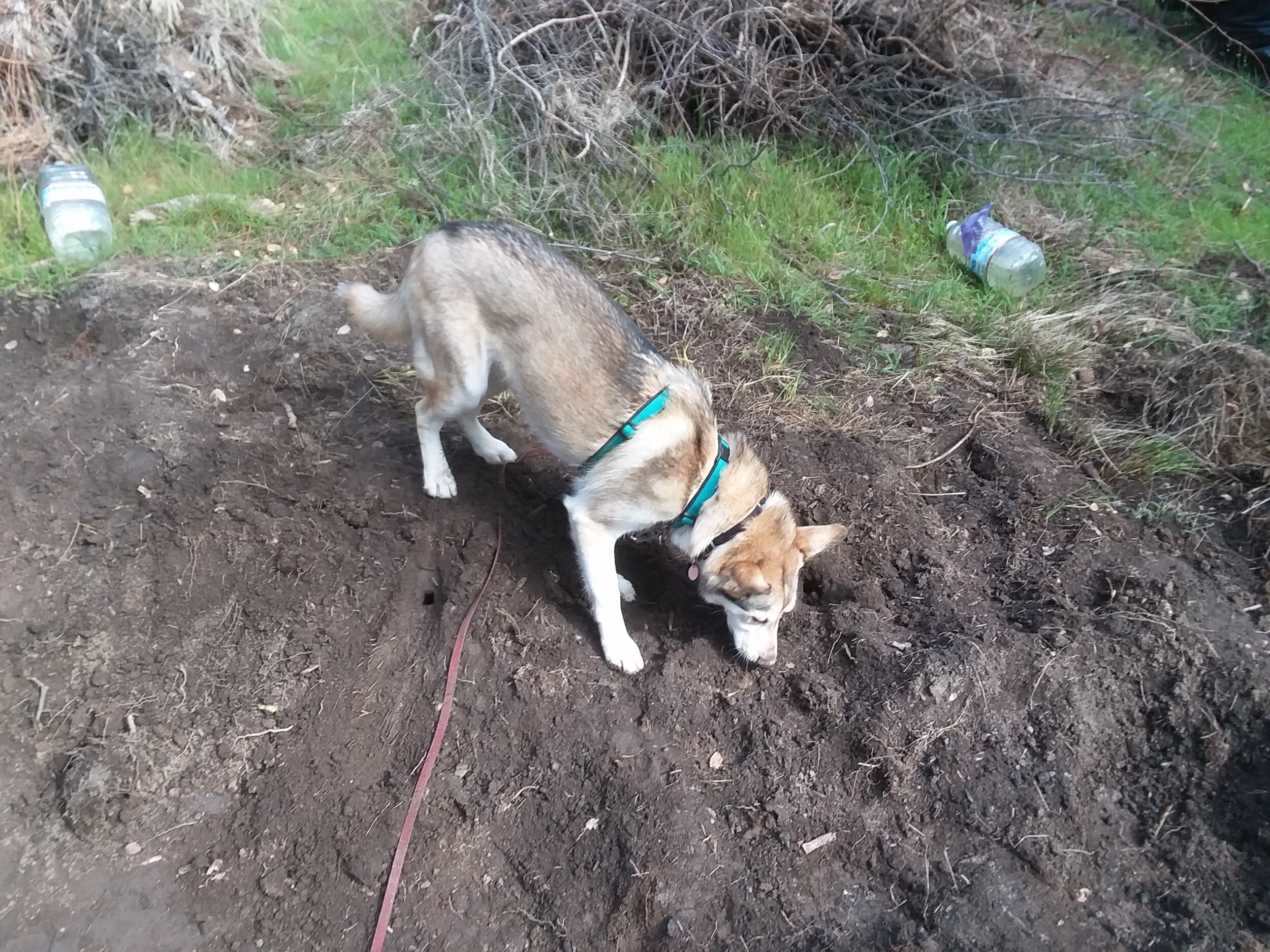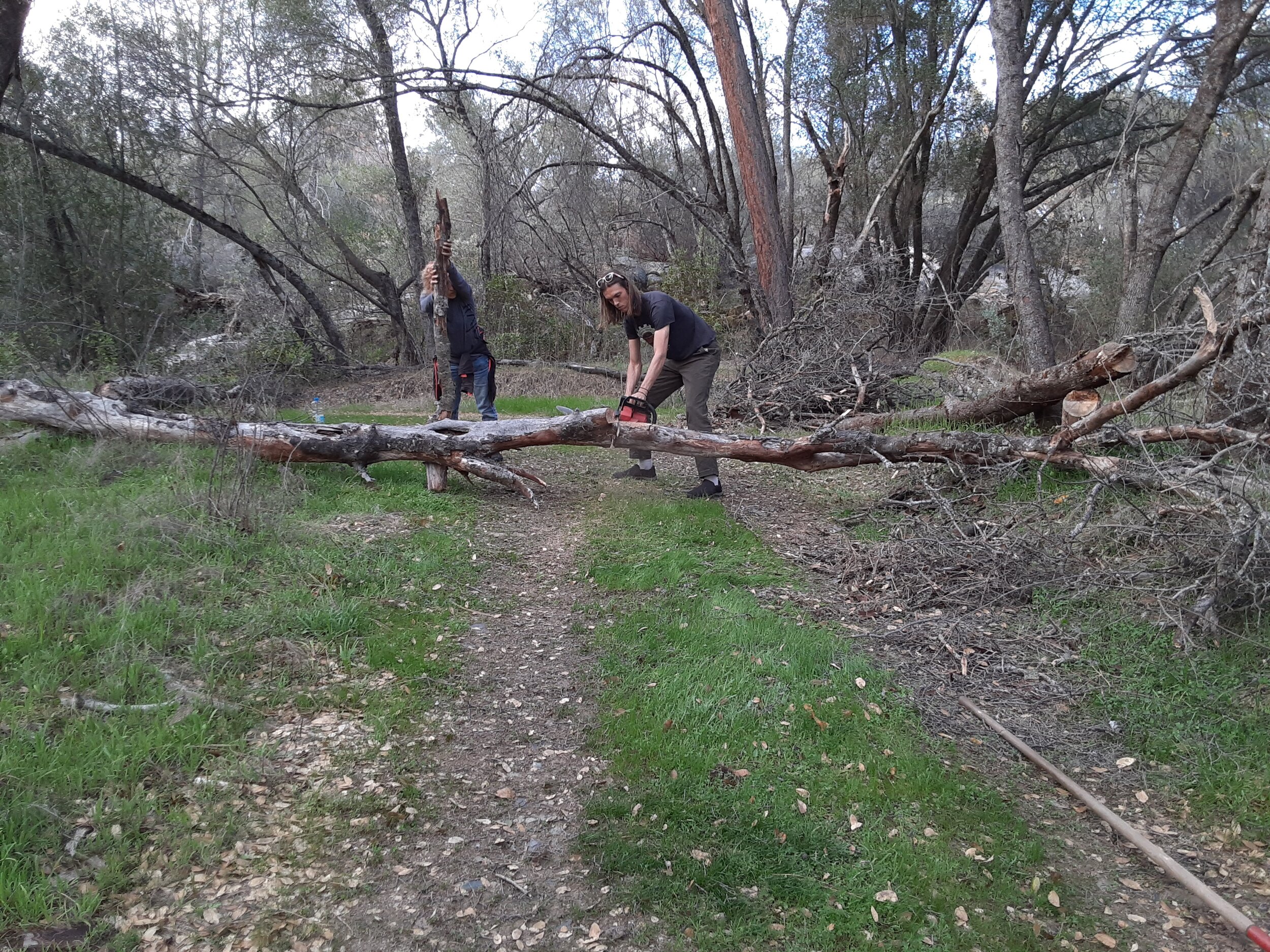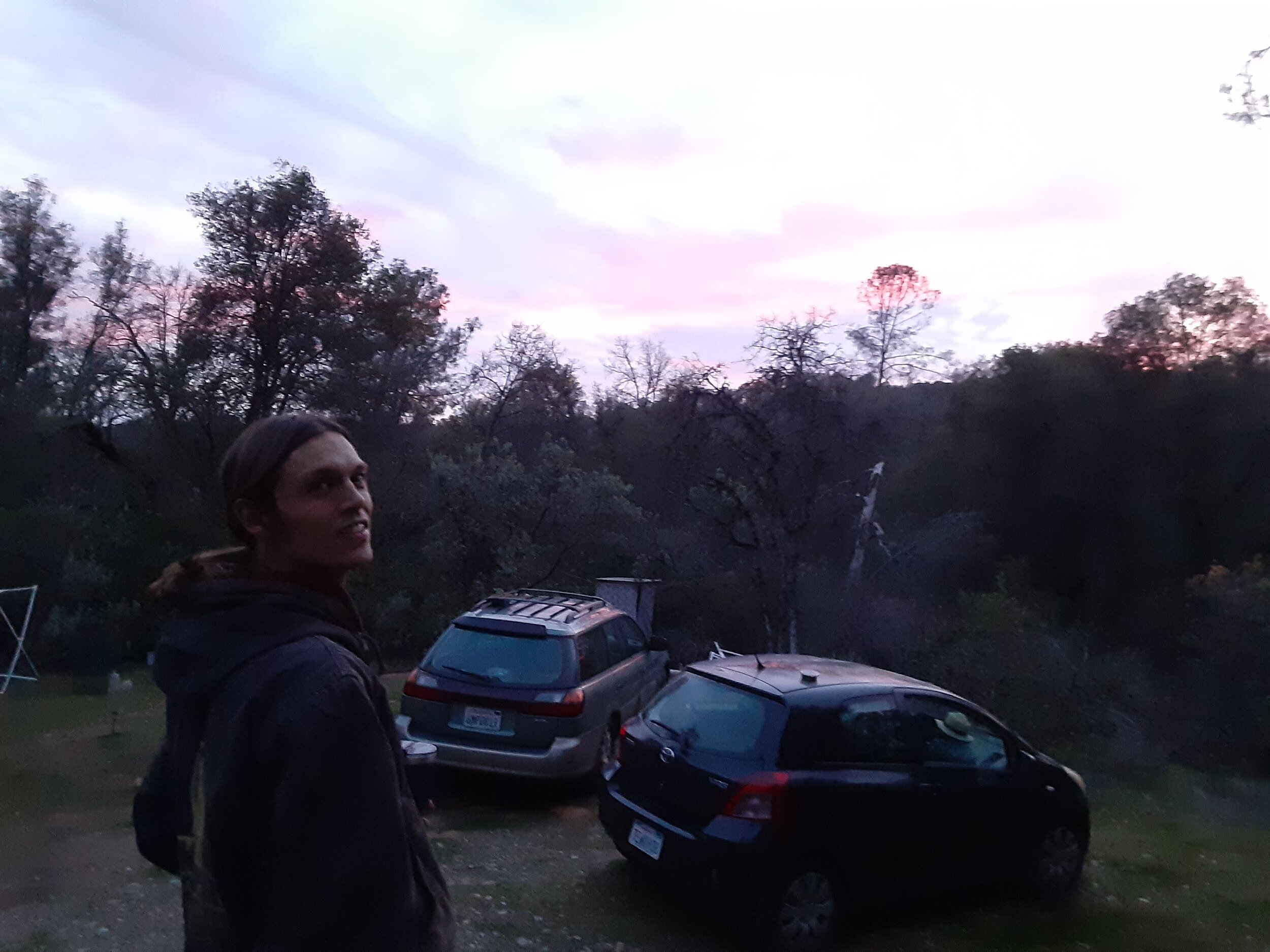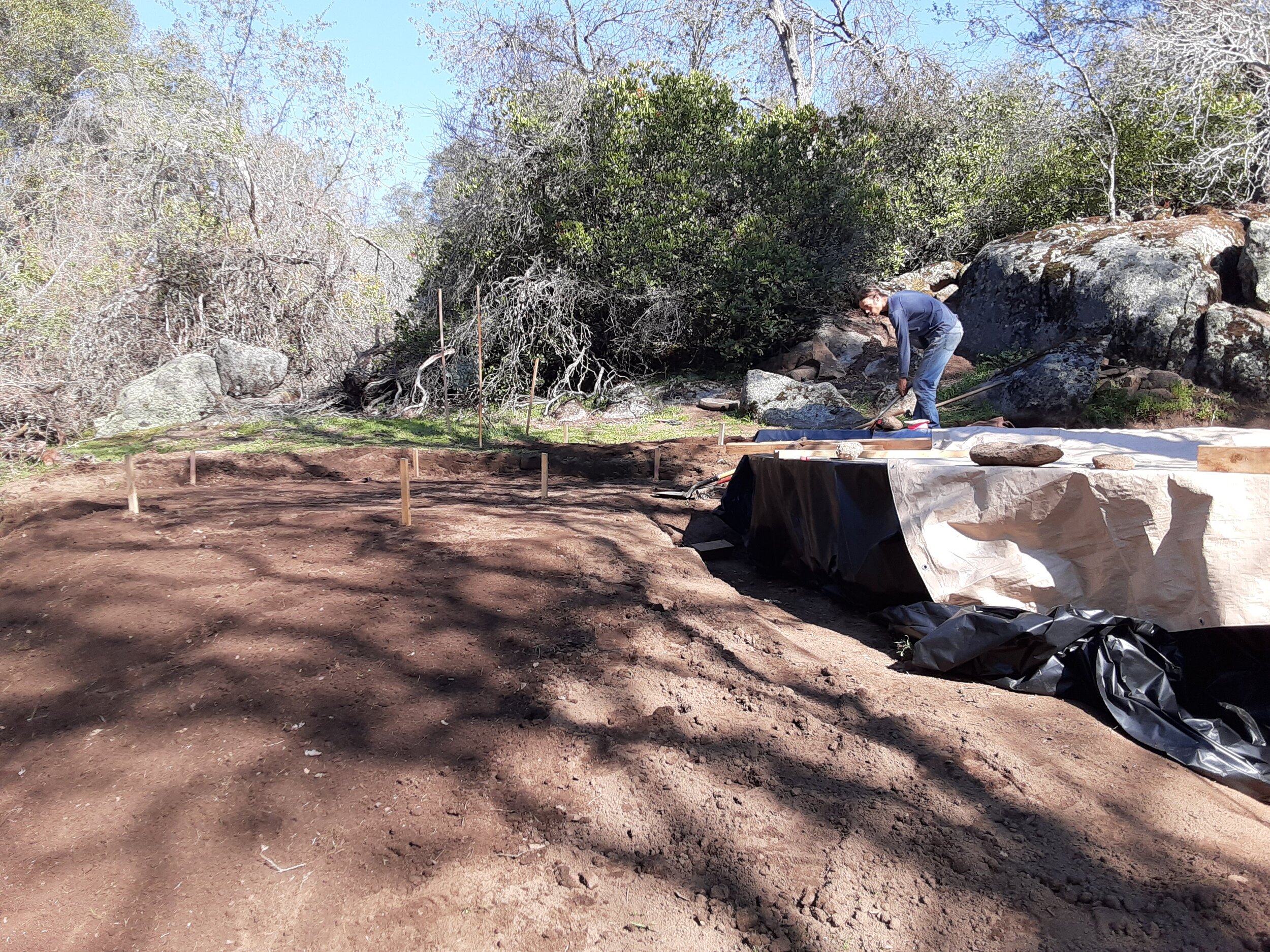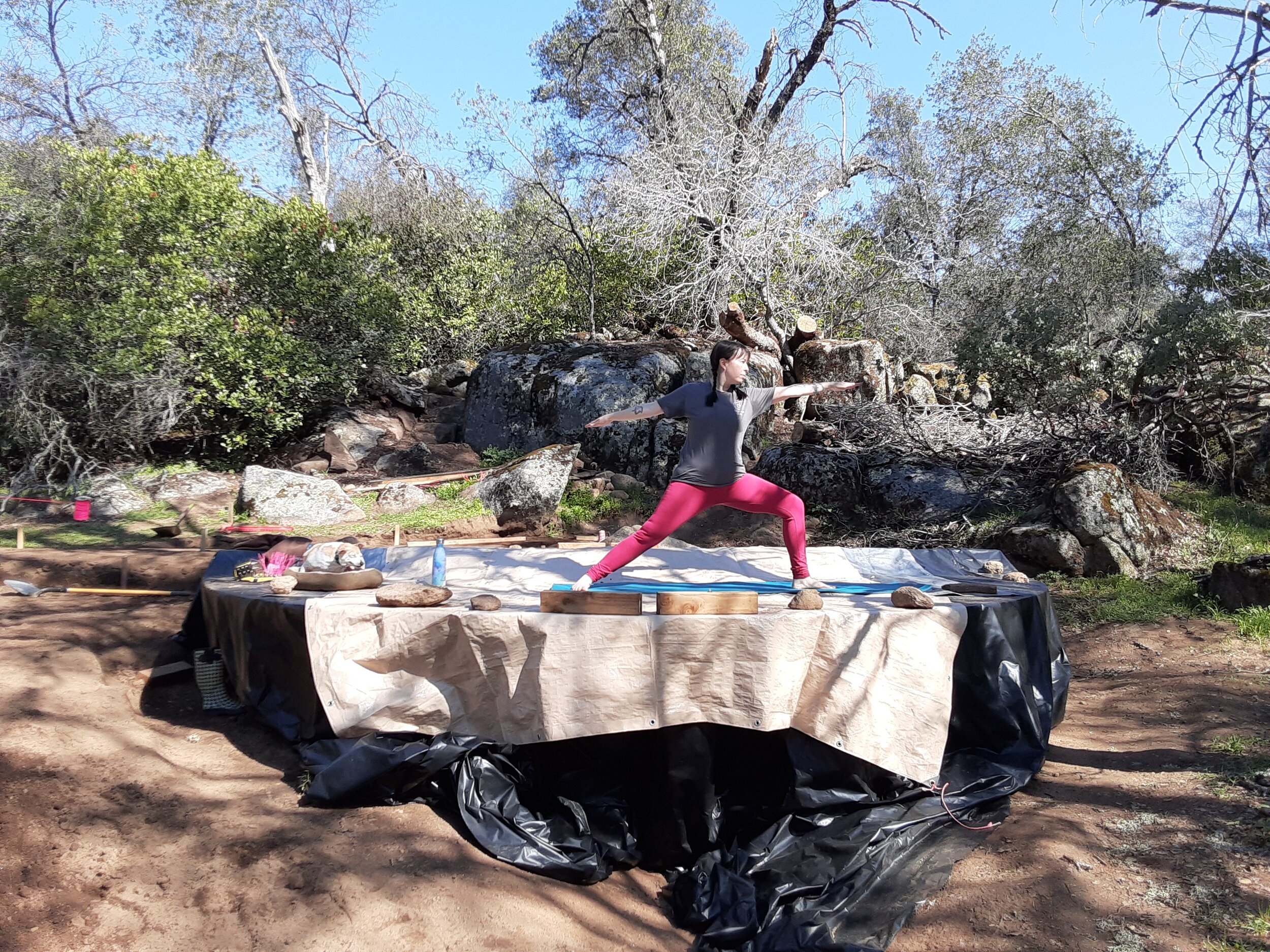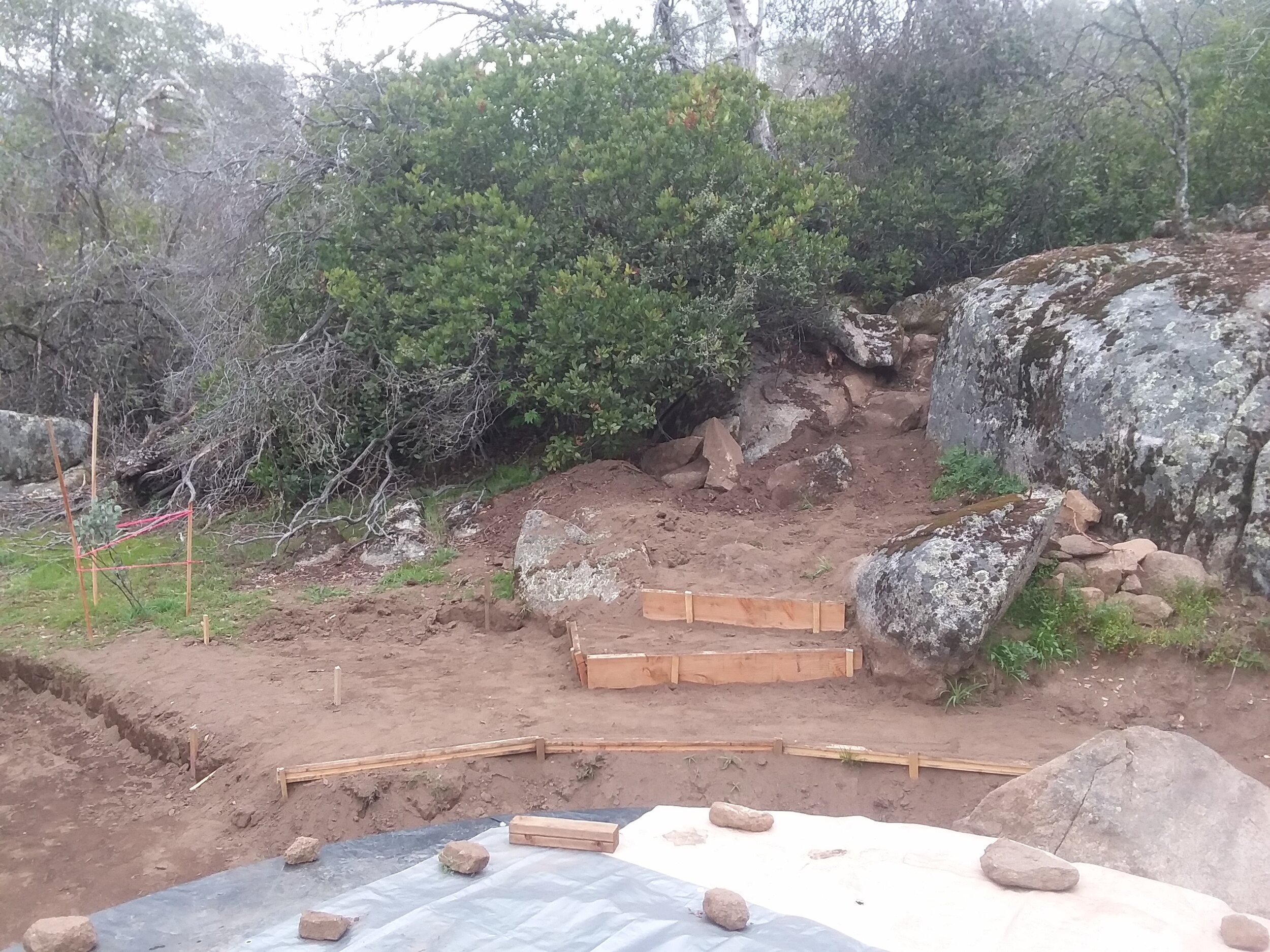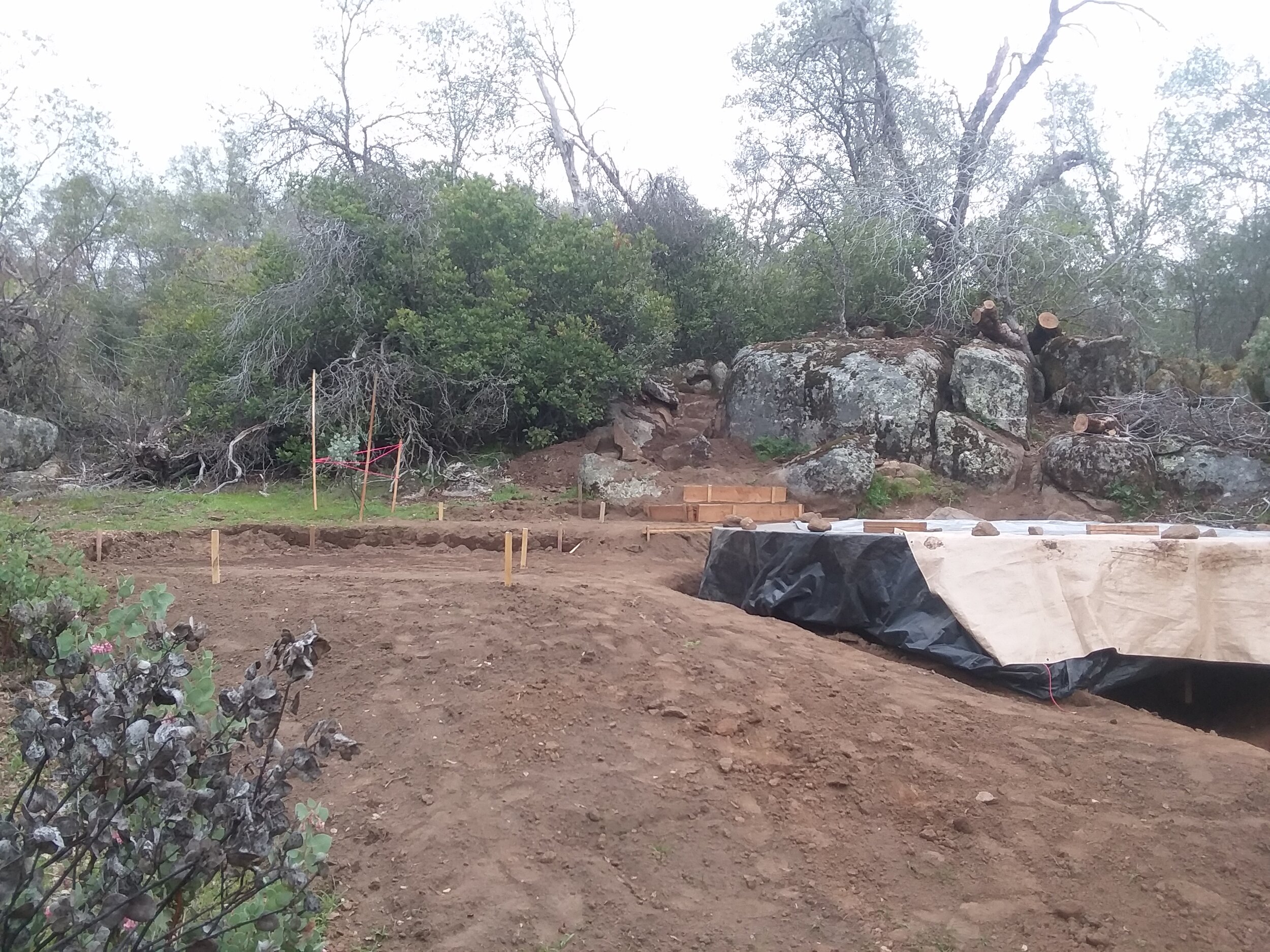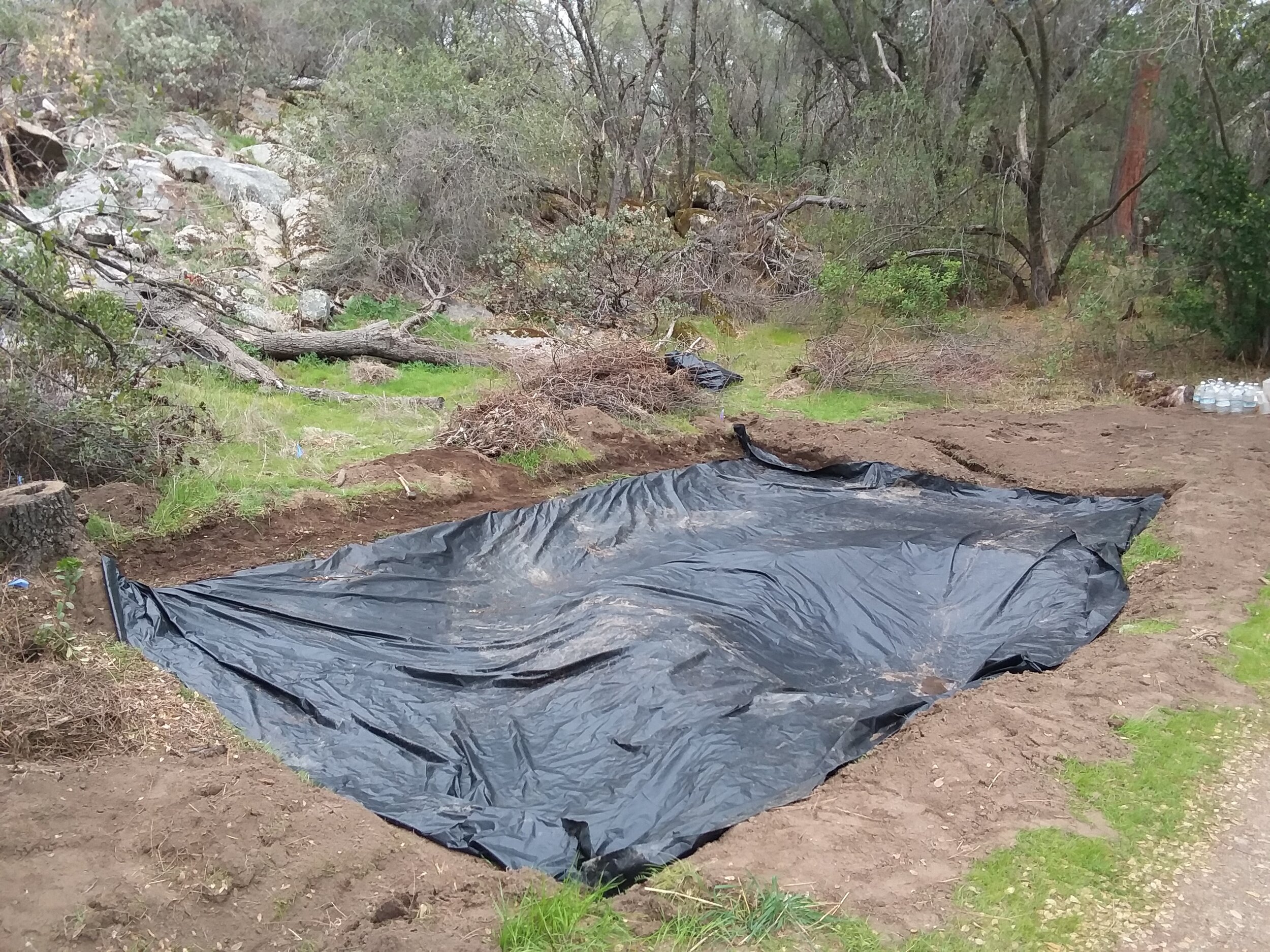Take Me To Skool: An Interview
Today marks the 30th episode of The Grid Is For Squares! It’s hard to believe we’ve been at this since January of 2020. And, perhaps accordingly, the format of today’s episode is a little different than usual… we have an interview!
Earlier this month, our friends Mike and Amber joined us up on our property to work on their skoolie. So I thought I’d take that opportunity to interview Mike about his experience converting a school bus into a home.
But first, some very exciting news… we bought our yurt!! We put in our 50% down payment and now, in 8-10 weeks, we’ll finally be able to set up our yurt on the platform we built.
We also did some more digging (always more digging) while we were up on our property this month. The yurt platform may be mostly ready, but it’ll be a while before we can build the outdoor deck we envision as the “hanging out spot” beside it. In the meantime, we need a flat level place to sit, eat, dig a fire pit, and relax. A steep hillside is not a functional hanging-out space. So we started digging a series of level terraces beside the yurt platform.
Vince also did some digging in our rain catchment, which collapsed recently because we had initially dug it at too steep of a slope. And his mom did a lot of gardening, building some planter boxes, amending soil, and covering plants with hardware cloth to protect them from the many hungry critters around.
But let’s get to our interview with Mike!
He and his wife Amber started looking for a bus back in 2016, the very same year we got serious about buying land. They found a surprisingly cheap school bus in Maine that fit their criteria, so Mike flew out last-minute to check out the bus, purchase it, drive it back to Chicago, park it in the lot of the theater where he was working, and jump into 16-hour production days. What a fantastic and not-at-all stressful way to learn how to drive a 40-foot bus!
He also quickly realized why it’s illegal to keep your school bus yellow… at one point, while paused at a stop sign, a group of children tried to board his bus. He and Amber painted the bus white as soon as they could to avoid dealing with any confused children in the future.
Mike says they decided to go the skoolie route for a few reasons. Both he and Amber work in theater and love travel, so they didn’t want to be tied down to one piece of land. They didn’t want an RV, because RVs have less character and aren’t designed to be full-time living spaces. A school bus not only has a nice steel shell and an engine that’s been carefully maintained, but it can go 500,000 miles without blinking. And they’re designed to drive anywhere that people live… hills or gravel roads are nothing to a school bus.
One lesson they quickly learned is that, although there’s a ton of information out there about converting a school bus, there’s nobody who’s done exactly what you’re trying to do with your exact make and model. It’s an adventure you kind of have to make up as you go along. And they also ran into some issues finding a place that would let them both park and work on their bus… like us, Mike is from the Midwest and has plenty of friends there who let him park the bus for a while. But when they moved to California, it took a few years to find somewhere that would allow them to both store and work on their skoolie. Then we bought our 10 acres of land in 2019, and here we all are.
After they pulled out the seats (saving a couple for seating in their dining area and one to make a “creeper” to work underneath the bus), they sanded the floor and sealed it with Corroseal. Then they installed a beautiful wood ceiling and stained-glass films for the windows. They also have a composting toilet from Nature’s Head, a propane-heated shower, a stove, two sinks, and a washer/dryer and a fridge/freezer, both from Dometic. Keep an eye out for good deals on old trade show models! They power their electrical devices with 2 sets of solar panels and a Goal Zero Yeti battery.
It was delightful to hang out with Mike and Amber for a few days… they’re the only people outside of our household that we ever see without masks. And our 10 acres allows for a really nice division of labor; we can all focus on our work during the day and then come together at meal-times to relax and hang out. As we’ve said before, this kind of communal living is exactly how we envision the future… we all see the same problems but we’re coming up with different solutions. Hopefully there are more partnerships like this in the years to come.

